Tuscan extra virgin olive oil: everything you should know
Tuscan extra virgin olive oil is a unique treasure. It’s incredibly tasty, healthy and is one of the Italian oils with the highest quality level. Plus, it’s also the expression of an ancient tradition, the result of centuries of knowledge of olive trees and production techniques. The harvest of olives, in November, is a job that brings families together, and a kind a ritual.
A very Tuscan thing is the frenzy for the olio novo, the new oil. The new oil, freshly made out of the press in November, has a stronger and more spicy flavor, and is considered a seasonal treat. Oil producers are so proud of their olio novo, that they will offer it to their friends and guests. And then guests will taste, compare and discuss for months.
But… which are the factors that turn a common olive oil into an extraordinary tuscan extra virgin olive oil? I have collected some information for you, to get to know better this excellence of Tuscany. So you can really appreciate at its best, as I do.
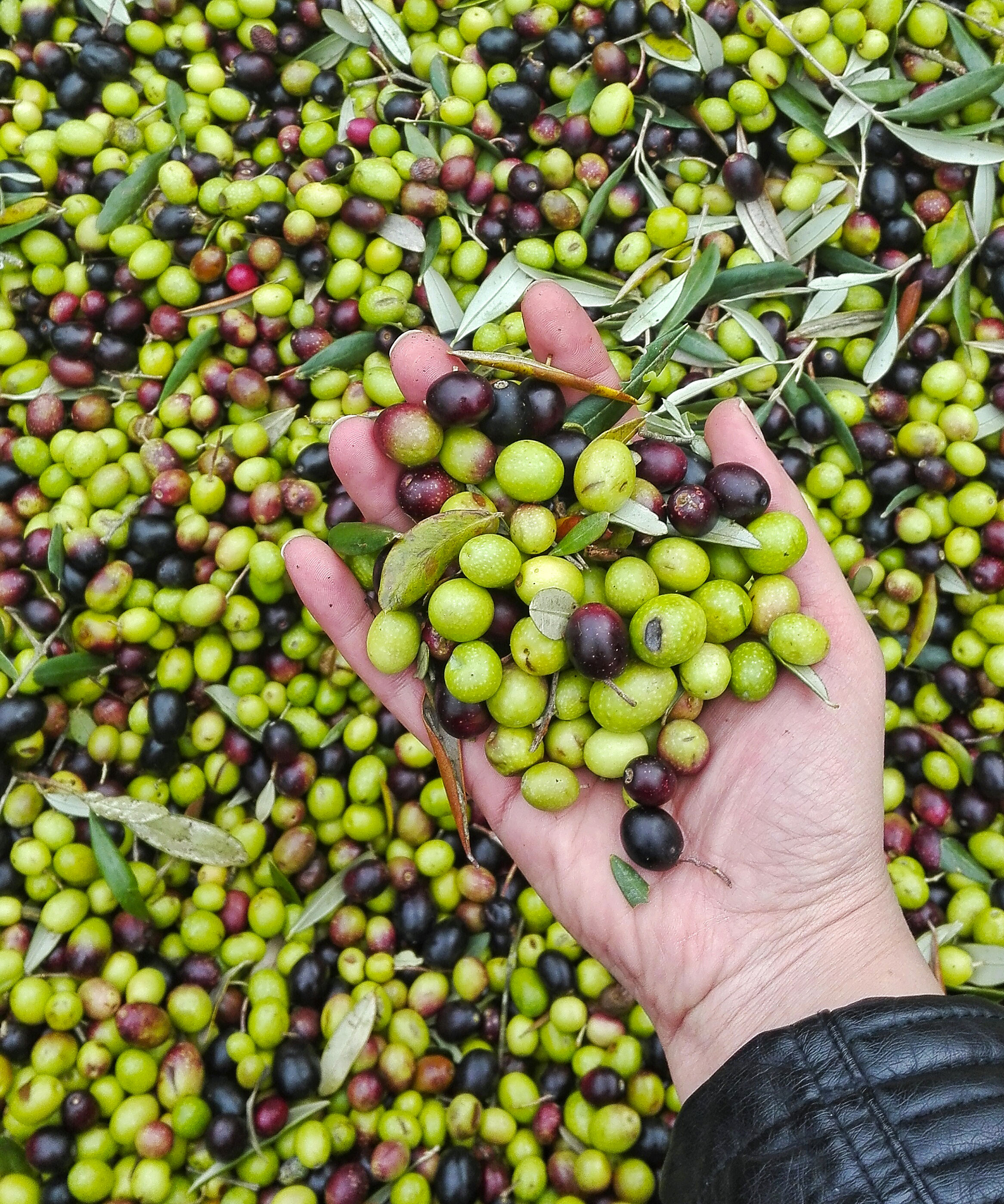
What exactly makes extra virgin olive oil?
In order to be classified as “extra virgin” an oil must have all of these features:
- Must be obtained from the olives only through mechanical processes that do not alter the oil. This means that it can’t be obtained by chemical processes or by heating it in any way.
- The only treatments allowed for oil are washing, decanting, centrifuging and filtration.
- It must comply with many chemical parameters, including acidity, which should be less than 0.8% It must go through a test by a group of tasters, who must not find any defect in it.
Extra virgin olive oil is the highest quality oil. If a product does not fall into all these parameters it can be classified as virgin olive oil or olive oil. But be aware that the oil going under this two names is really poor in quality.
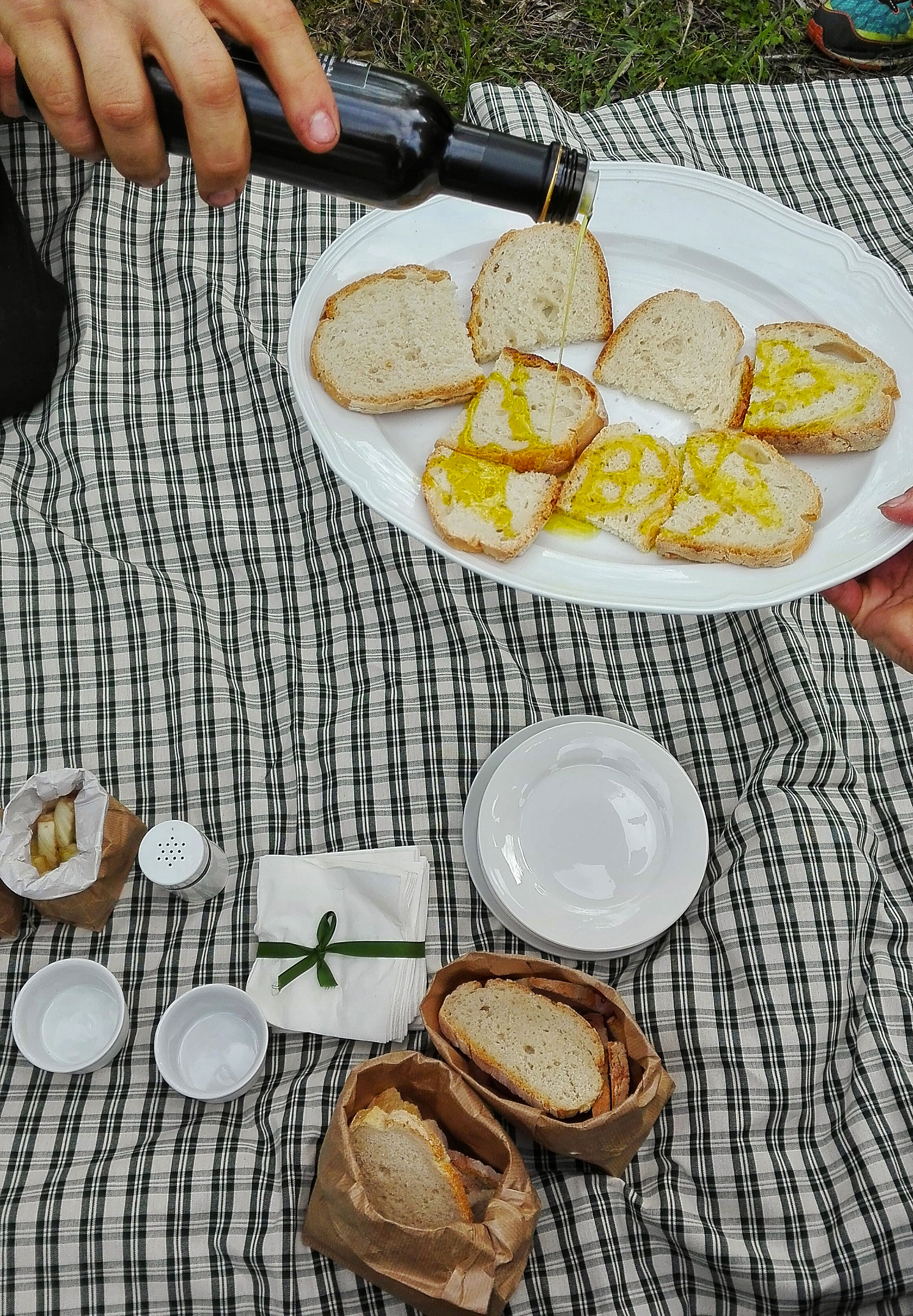
How tuscan extra virgin olive oil is produced
Harvesting traditionally takes place in November, carefully selecting the time when the olives are perfectly ripe. Here in Tuscany olives are picked by hand or with the help of small racks or combs, and dropped on nets placed on the ground around the tree. It’s forbidden to pick the olives that have already fallen to the ground and detach them with the help of canes or sticks, which can damage the fruits and affect the quality of the oil. Olives must be processed within 24 hours from harvest.
Once the olives are arrived at the press, they are washed with drinking water, leaves and branches are removed. Finally olives are pressed and kneaded to extract the oil from the fruit. This must be done cold, because if heat develops, this could literally cook the oil and alter its flavor and scent.
The oil obtained must be stored between 14 and 15 ° C, in stainless steel containers or in dark glass bottles. It is important to store it in non-transparent containers, as sunlight causes a chemical reaction which will once again afflict to the oil.
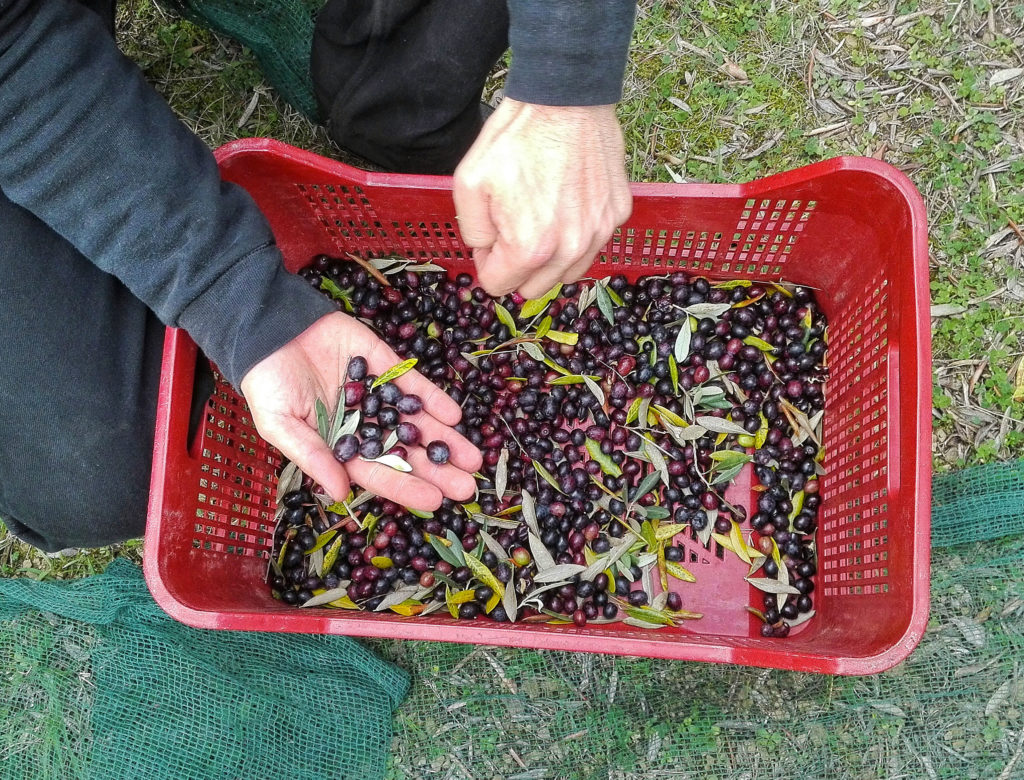
Tuscan extra virgin olive oil on the market
Tuscan extra virgin olive oil has very specific features. Such as taste with herbal tones and artichoke, and aftertaste with spicy and bitter notes. Then each type has its own distinct flavors.
In Tuscany, 3 great extra virgin olive oils are produced. All of the three of them are protected by many consortia that guarantee their quality and provenance:
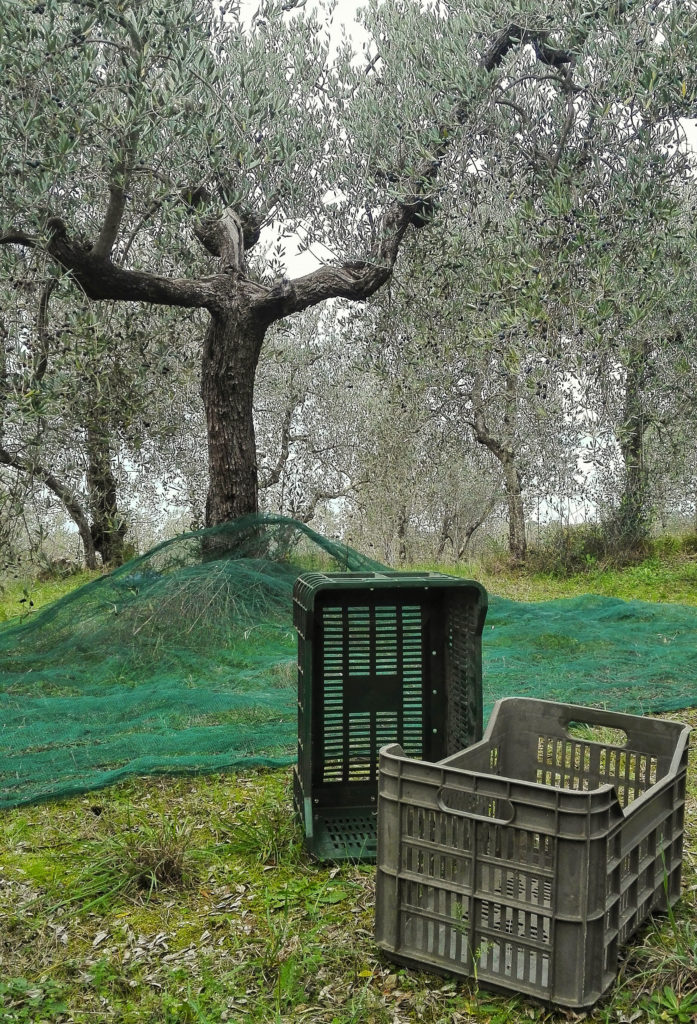
Chianti Classico Extra Virgin Olive Oil (PDO)
It’s produced in the Chianti area, that is split between the provinces of Florence and Siena. It has a fruity, spicy and bitter flavor. This is the only one in Tuscany that has obtained the DOP quality mark (protected designation of origin). The DOP quality mark is the one that guarantees the highest standards.
Extra Virgin Olive Oil Toscano (IGP)
It’s produced in many different areas of Tuscany. The whole area covers the provinces of Grosseto, Lucca, Florence, Arezzo, Massa and Carrara, Prato and Pistoia. All stages of production, from cultivation of olive trees to bottling, must take place in Tuscany. The IGP quality mark guarantees its quality.
Extra virgin olive oil Colline di Firenze (IGP)
It is produced exclusively on the hills of the province of Florence, which is the area of Tuscany with the largest production of extra virgin olive oil. The most favored areas in creating this precious gourmet jewel are those of Chianti, Montalbano and Pratomagno. But also the municipalities of Rufina, Bagno a Ripoli, Montespertoli, Certaldo, Impruneta and many others.
Some advice to buy it
Always read the label: make sure all stages of the production have taken place in Tuscany. Also check if there’s the quality labels of the consortia that protect these products (DOP or IGP labels).
High quality oil is expensive! If you find something which seems to be just too cheap, it probably means that it is not really extra virgin and is not produced in Tuscany.
Store your bottles in a dark and dry place, and avoid extremely high or low temperatures. The biggest enemy of extra virgin olive oil is sunlight, which triggers a chemical reaction in it, altering its flavor and qualities. That’s why is usually sold in dark glass bottles.
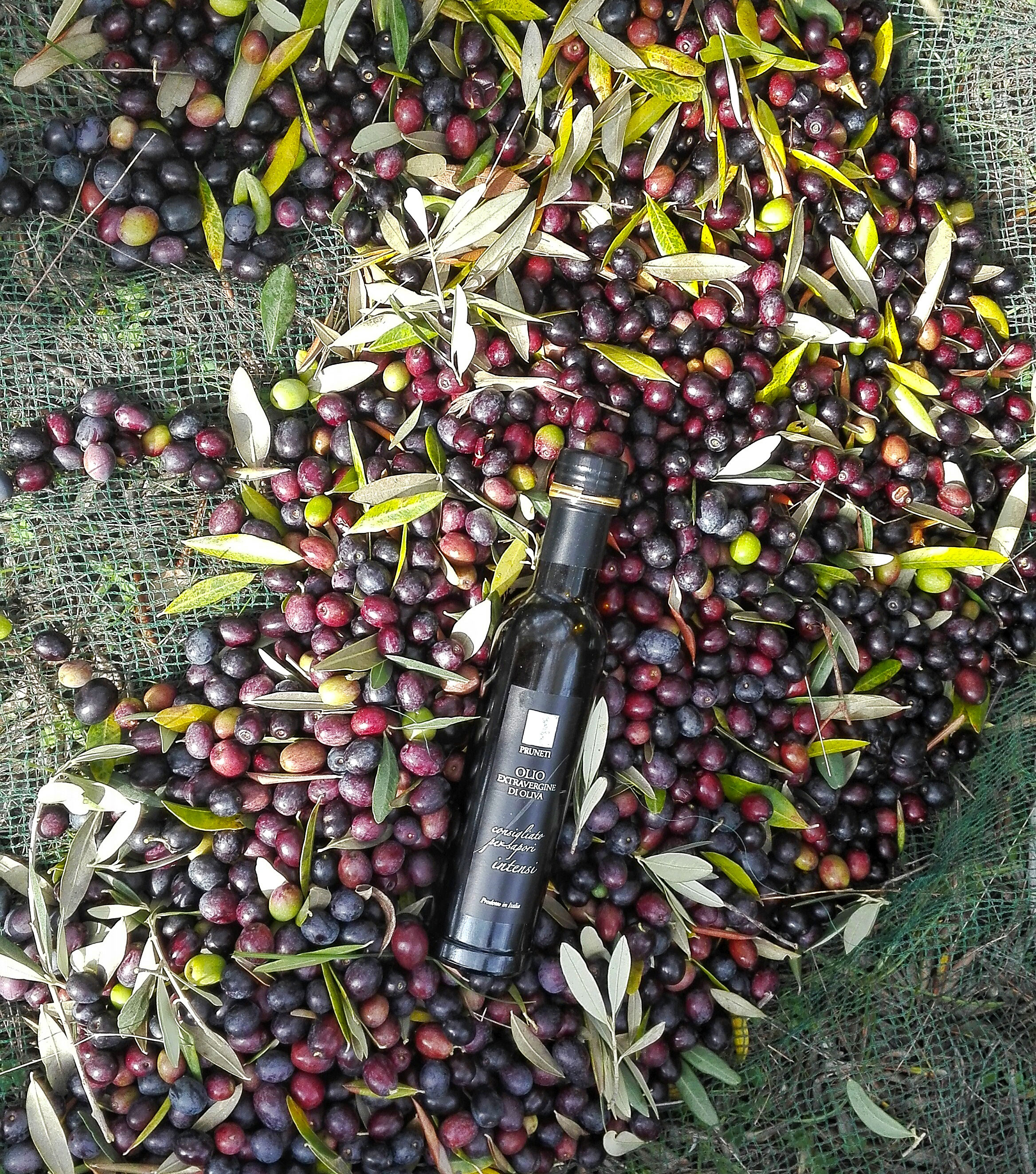
Which one do I recommend?
My favorite organic extra virgin olive oil is the one produced by the Pruneti family, and I’ll tell you why.
I visited their company in San Polo in Chianti, where the Pruneti family produces some excellent oil for generations. They also grow saffron, iris flowers and have a vineyard. Gionni and Paolo, the young brothers at the head of the company, personally follow every stage, from the cultivation of the olives to the pressing and bottling. The Pruneti family owns not only olive groves, but also a press. So they can impose themselves even higher quality standards, for example by breaking the olives within 4 hours from harvesting.
The company produces different types of organic oil, both monocultivar (produced using a single variety of olives) and blends (where different varieties of olives are used). Each one has a distinctive flavor that best matches to some foods instead of others. My favorite is definitely the Frantoio one . Pruneti oil is so good that has won many international awards, including the prestigious Flos Oleil, which has been winning continuously since 2012.
- Explore Chianti with a day trip from Florence.
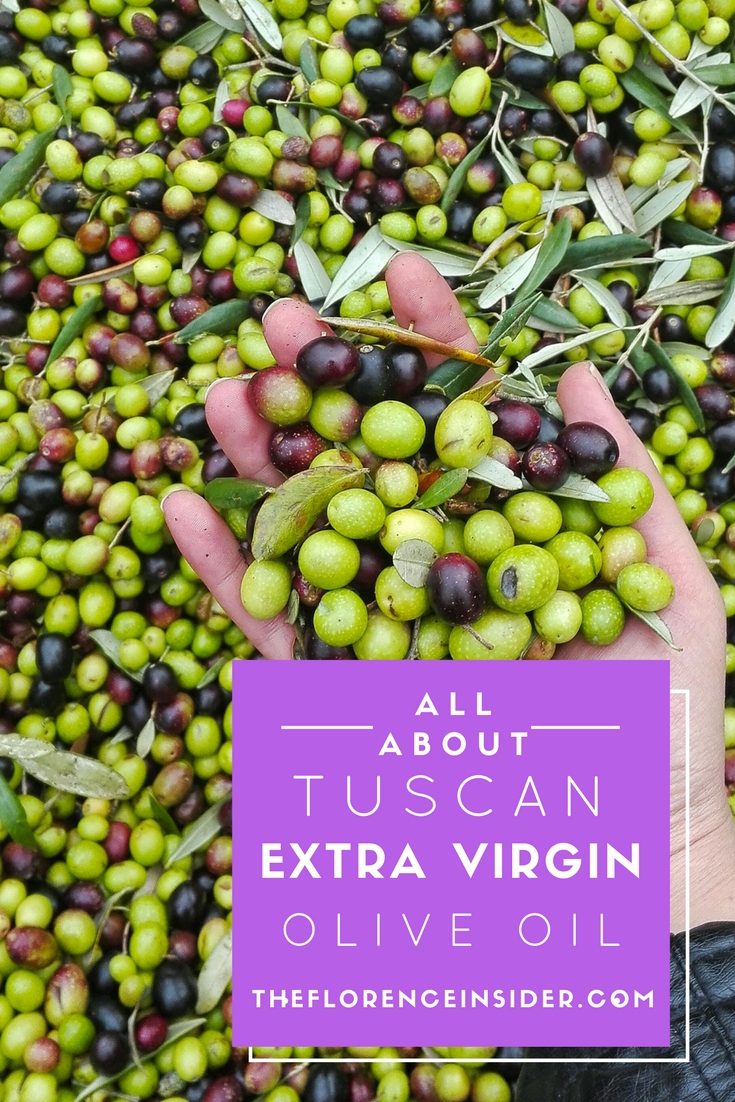
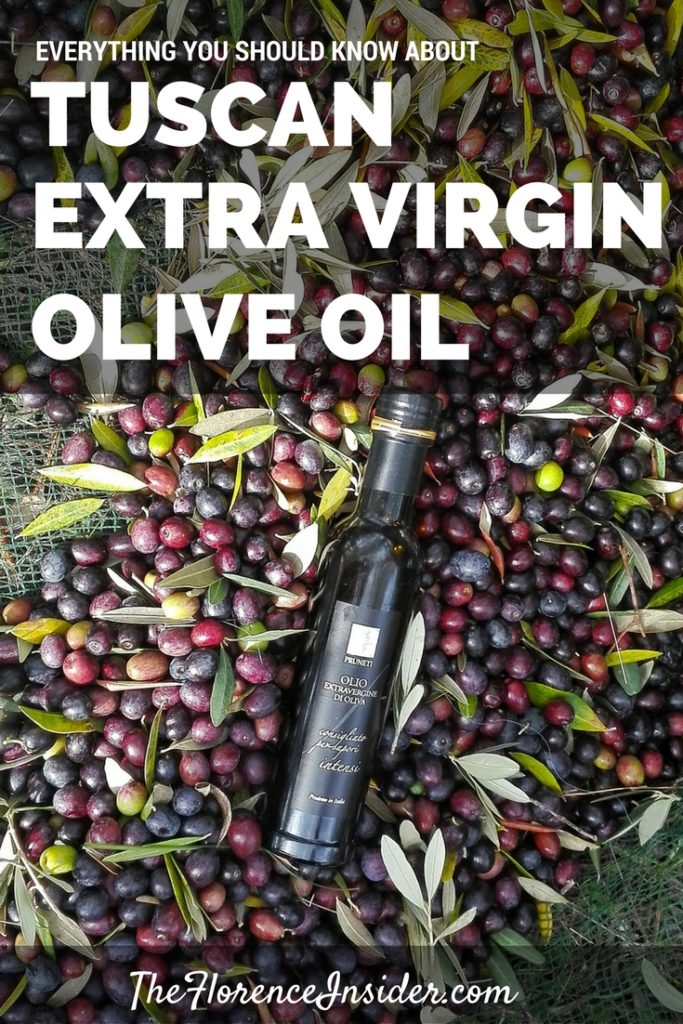
Can you settle a dispute with my sister and I ? Does your product go bad if left in a cabinet not used? Thanks my name is Chris from Tampa Florida.
they don’t go bad if they are properly stored in a dark and cool place. Actually what can modify olive oil is sunlight, so darkness is important. That’s why most of olive oil bottles are made of dark glass. Ciao!